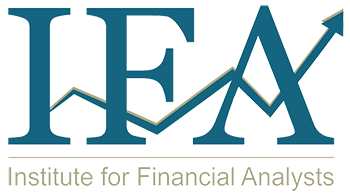A multi-factor model allows more than one variable to be considered in estimating returns and can be built using different kinds of factors, such as macroeconomic, fundamental, and statistical factors.
A general multi-factor return-generating model is expressed as follows:
The model has k factors, E(F1), E(F2), … E(Fk) and coefficients, βij, or factor weights, associated with each factor. The left-hand side of the model has excess return, or return over the risk-free rate. The right-hand side provides the risk factors that would generate the return or premium required to assume that risk. All models contain return on the market portfolio (E(Rm)) as a key factor.
Macroeconomic factor models use economic factors that are correlated with security returns. These factors may include economic growth, the interest rate, the inflation rate, productivity, employment, and consumer confidence. Past relationships with returns are estimated to obtain parameter estimates, which are, in turn, used for computing expected returns.
Fundamental factor models analyze and use relationships between security returns and the company’s underlying fundamentals, such as, for example, earnings, earnings growth, cash flow generation, investment in research, advertising, and number of patents.
Finally, in a statistical factor model, historical and cross-sectional return data are analyzed to identify factors that explain variance or covariance in observed returns. These statistical factors, however, may or may not have an economic or fundamental connection to returns.
A more comprehensive content for the concept will be available later.
We will include related examples and CFA questions that are also hyperlinked to the appropriate definitions.
